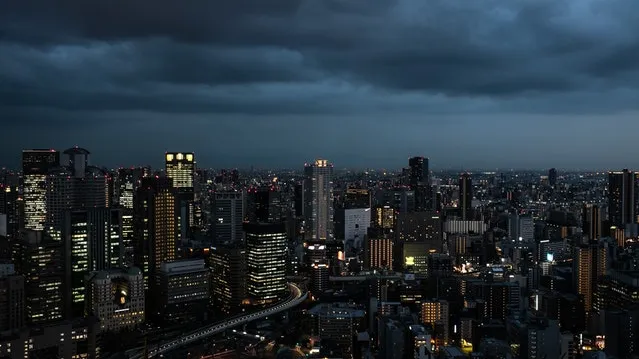
Osaka’s office market could be ‘challenging’ in 2024: Savills
Many properties will likely face increased competition for tenants.
According to Savills, the Japanese economy and society have largely returned to a state of normalcy throughout 2023. Although hybrid work arrangements remain in place amongst many large corporations across the country, the overall expansion of office participation, coupled with record corporate profits and improved business sentiment, are providing a much-needed boost to regional office markets.
“This bodes well for further growth in leasing demand, especially given the large influx of new office supply forecast for completion in 2024 that threatens to disrupt the current stable situation,” the analyst said.
Here’s more from Savills:
Completions have been moderate throughout 2023, but the reception of new developments appears to have been mixed. For instance, a handful of major new additions appear to have struggled to gain traction in Nagoya and Fukuoka, and the large upcoming new supply in both cities in 2024 may likely trigger some fluctuations as both cities deal with the existing backlog of vacant space.
Meanwhile, relatively large amounts of new supply arrived in the Sendai and Sapporo markets in 2023, and a number of major developments exhibited elevated vacancies upon completion. That said, the resilience of both submarkets and limited available office stocks should ensure that new supply is gradually absorbed with minimal issues moving forward.
The situation in Osaka appears challenging in 2024, with roughly 90,000 tsubo of NRA forecast for completion, of which a large proportion will be concentrated in the Umeda submarket. Many properties will likely experience heightened competition for tenants, especially as leasing demand appears yet to have fully recovered. Hence, several instances of price corrections have already been observed, with building owners looking to create a greater sense of affordability.
Furthermore, a combination of factors may delay and constrain new supply beyond 2025, including heightened construction costs, and the reassessment of development plans in response to lukewarm office demand, which should come as a welcome sign for certain markets that are struggling with vacancies.
The investment-grade office market saw some mild divergence in performance over the past year. Average rents increased moderately in Nagoya, but contracted in Osaka and in Fukuoka. On the other hand, investment-grade vacancy tightened over the same period in Osaka, but loosened in Fukuoka, and also in Nagoya, where average vacancy has reached notably high levels at 7.9%.
Although the recent economic recovery has supported demand for premium office space, sentiment looks to remain lukewarm in the investment-grade market. This is largely due to large new office supply, lingering hybrid work arrangements, and bullish rents of some newly completed properties.
For the all-grade office market, average rents displayed encouraging results over the past year. Sapporo was the standout performer with average rents having increased by 3.4% YoY. Elsewhere, all-grade rents increased moderately in all regional markets, while contracting moderately in Tokyo YoY.
All-grade vacancy was similarly stable overall, despite some slight changes at the regional market level. Vacancy in Osaka and Nagoya tightened by around 0.6ppts and 0.1ppts over the past year, respectively, while other markets either remained unchanged or loosened marginally.



















 Advertise
Advertise




